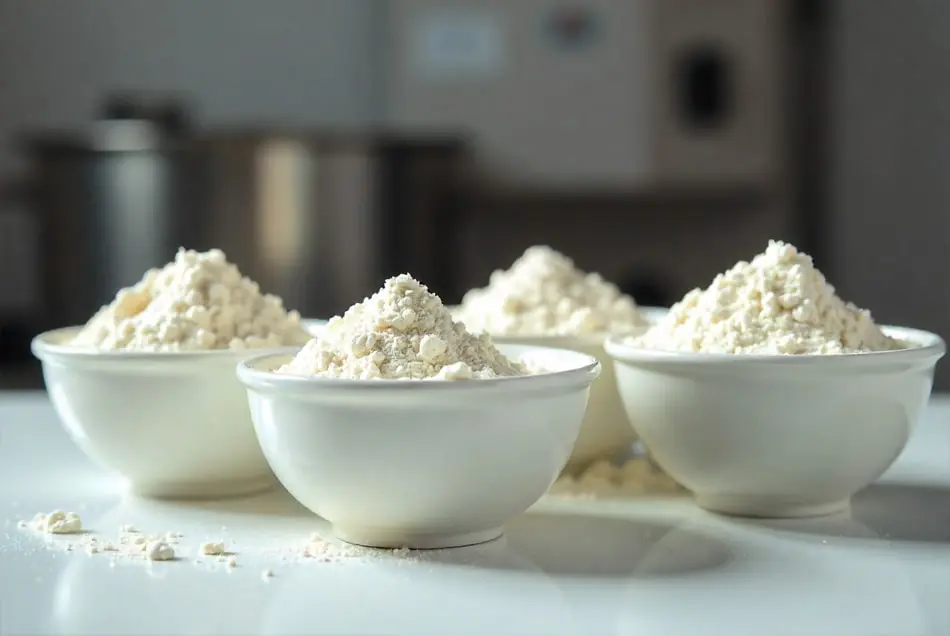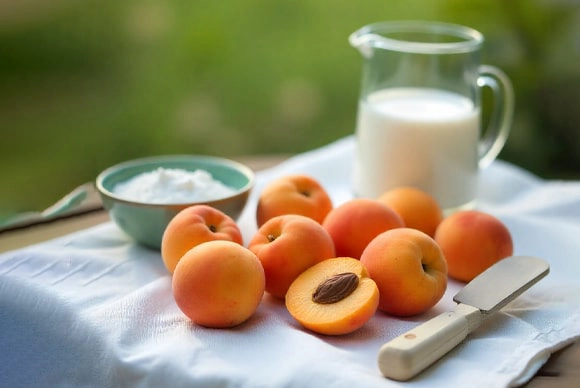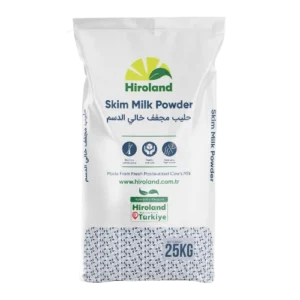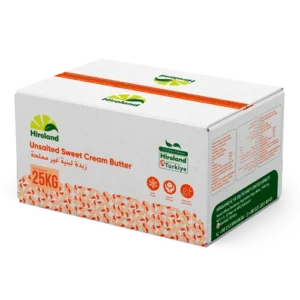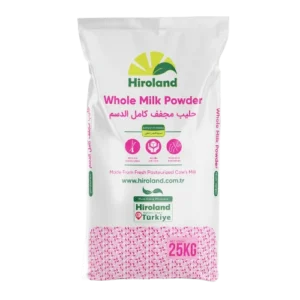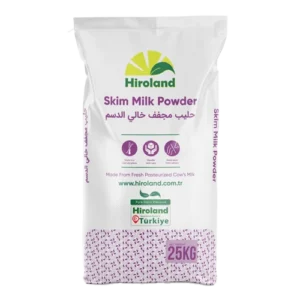This comprehensive guide from Hiroland explores the buttermilk role in perfecting ice cream and the significance of using buttermilk as an ingredient in this delightful dairy product for all ages. The buttermilk Role in Perfecting Ice Cream Delight goes beyond the conventional methods of making ice cream.
Buttermilk-Riched Ice cream, an emulsified frozen dairy product
Buttermilk-riched ice cream is a popular frozen delicacy enjoyed globally. It is a complex emulsified product made up of milk fat, protein, sugar, water, and ice crystals, as well as air bubbles. The market offers several types of ice creams including premium, super-premium, standard, and economy varieties, each distinguished by its composition. Additionally, there are a variety of ice cream groups categorized by production methods, such as plain, fruit, chocolate, nut, cassata, mousse, puddings, variegated, rainbow, and fanciful ice creams.
the fundamental composition of ice cream are typically encompassing milk fat, milk solids not fat, sweeteners, emulsifiers, and stabilizers. Additional ingredients like color, flavor, eggs, fruits, and dried fruits can be incorporated to elevate the sensory experience. The manufacturing process involves precise ingredient selection, formulation, blending, pasteurization, homogenization, cooling, aging, freezing, packaging, and hardening of the mix, ultimately delivering the desired texture of ice cream.
The flavor, appearance, melting quality, and texture of ice cream can be significantly affected by physicochemical changes during storage also to align with changing consumer preferences, innovative ice cream production techniques have surfaced, integrating functional ingredients like bioactive compounds, encapsulated essential oils, polyphenols, curcumin, and whey proteins. Additionally, the creation of sugar, lactose, or fat-free ice creams showcases the industry’s dedication to innovation and catering to diverse dietary requirements.
In addition to delving into the art of ice cream production, it’s crucial to appreciate the science behind this beloved dessert. The precise balance of ingredients and the manufacturing process shape the sensory characteristics of the final product, ensuring a delightful experience for ice cream enthusiasts of all ages.

The Buttermilk Role in Perfecting Ice Cream
In recent research, buttermilk has emerged as a promising ingredient in ice cream production, providing unique advantages that enhance the overall quality of the frozen dessert. As a by-product of the butter-making process, buttermilk shares compositional similarities with skimmed milk, containing essential components like lactose, proteins, and minerals.
Notably, buttermilk stands out for its richness in milk fat globule membrane (MFGM) constituents, such as phospholipids and proteins, which possess various health-related properties, including cholesterol-lowering and anti-inflammatory effects. Approximately 19% of buttermilk proteins are sourced from MFGM, contributing to its antioxidant and antimicrobial properties.

Moreover, the emulsifying properties of buttermilk make it a versatile and appealing ingredient for ice cream formulation. These properties offer potential benefits to both the texture and flavor of the ice cream, making buttermilk a valuable addition to the production process. The inclusion of either sweet or cultured buttermilk in ice cream formulations has been proven not to compromise product quality. Ice cream crafted with cultured buttermilk displayed heightened acidity, while both types of buttermilk resulted in distinct melting properties. Additionally, the incorporation of sweet buttermilk led to increased stickiness, suggesting a potential stabilizing effect. Furthermore, buttermilk played a role in influencing the color parameters of the ice cream, with products made from sweet and cultured buttermilk displaying unique characteristics.
Despite these variations, sensory evaluations revealed that buttermilk ice cream, particularly those made with sweet buttermilk, delivered high-quality sensory properties comparable to traditional milk-based ice cream.
The prospect of buttermilk in augmenting the nutritional value and sensory qualities of ice cream presents exciting opportunities for the dairy industry. By leveraging the advantages of buttermilk, the industry can create innovative and appealing ice cream products that align with evolving consumer preferences.
Buttermilk Powder (BMP)
Buttermilk powder is a dehydrated product created through the pasteurization, concentration, and spray-drying of buttermilk. It shares a comparable composition and flavor profile with skim powdered milk, albeit with a slightly elevated fat content. buttermilk dairy powder retains the tangy and slightly acidic flavor of traditional buttermilk and is used in a variety of culinary applications. Hiroland Buttermilk Powder (BMP) finds versatility in a range of applications, from producing evaporated milk, sweetened condensed milk, and ultra-high temperature processing (UHT) milk to contributing to the creation of cultured products, ice cream, chocolate, margarine, and baked goods. Beyond baking, it enhances salad dressings, marinades, and various savory dishes, imparting a delightful creamy and tangy flavor.
Conclusion
In conclusion, the incorporation of buttermilk into ice cream production signifies a significant advancement in the dairy industry, elevating the sensory experience and nutritional profile of this classic treat. As we anticipate the future, the ongoing investigation into buttermilk’s potential to enhance ice cream formulations holds great promise, paving the way for the creation of novel and enticing frozen dessert options.
The persistent exploration and innovation within the realm of ice cream production underscore the industry’s dedication to providing outstanding taste experiences while adapting to the ever-changing needs and preferences of consumers worldwide.
For inquiries or to contact the Hiroland, please refer to the Contact section.
Read More: Exploring the World of milk Powders: A Comprehensive Comparison
Read More: Buttermilk ice cream—New method for buttermilk utilization



